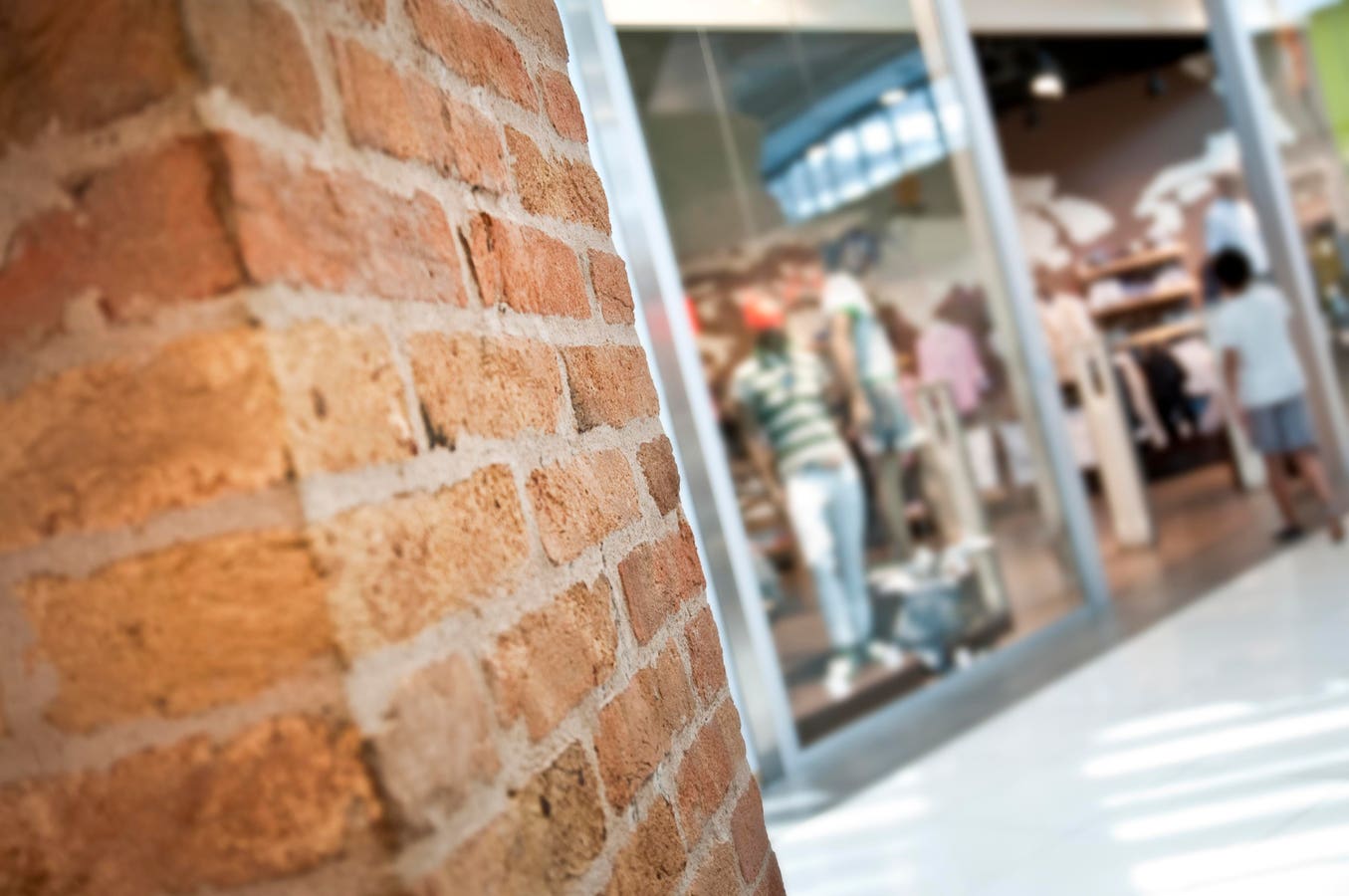Who said the retail store was dead? Reports of its demise have been greatly exaggerated. Data from the United States shows retail foot traffic grew almost every month in the year to May 2024 compared with the previous twelve months. And the industry has refocused on the enduring value of stores as pillars of brand identity, sources of inspiration, convenience and competitive prices for customers.
The ‘halo’ effect of the store is crucial in this resurgence. Stores offer an unparalleled way to legitimize the brand and build trust with local communities. Look at Birkenstock, which just opened its first owned store in Paris ahead of the Olympics. The space is not only designed for retail, but also as an “experience area” for community events and activations. And the brand has more such stores lined up as part of a planned expansion across Europe in the coming years.
This willingness to rethink store concepts and shopping experiences is at the heart of modern retail strategies. Look, for instance, at H&M’s new store in New York, which includes the brand’s first ‘pre-loved’ in-store experience offering second-hand assortments. Similarly, H&M’s new Seoul concept store includes a raft of digital innovations like immersive 360-degree fitting rooms.
Reinventing the department store
It hasn’t all been plain sailing of course. Department stores have faced challenges in recent years. But many are proving that they can still attract shoppers by rethinking their value propositions.
The most successful department stores today recognize the need to curate a compelling reason for customers to visit, whether that’s the tactile experience of being able to touch and feel the product, feeling a sense of exclusivity and personalization with ‘VIP-style’ experiences, or being able to tap the expertise of store associates.
They also know it’s about curating a balanced mix of established brands, emerging labels and in-house lines at attractive prices. It’s why they’re increasingly offering startup brands the opportunity to sell via pop-up stores-in-store or digital marketplaces.
Macy’s marketplace, for example, has been allowing customers to purchase from third-party sellers since 2022, while Nordstrom launched a similar service earlier this year. And Babies R Us is planning to reopen a number of stores across the United States, with many opening inside Kohl’s department stores.
Remaking the mall
We often hear that malls, too, are struggling. And while giant out-of-town mall concepts may be increasingly falling out of favor, a new breed of more locally connected mixed-use spaces have proved that malls can also be successfully reinvented for a new era.
Look at Hudson Yards in New York. While this strikingly designed mixed-use space initially struggled to attract footfall, especially during the pandemic, it’s since been transformed into a thriving retail, tourism and community hub. Key to its resurgence has been a flexible mix of luxury and affordable offerings and a regularly refreshed range of amenities, like barbershops, cobblers, wine stores, and day spas. It’s made Hudson Yards an essential location for daily shopping necessities and local socializing.
Another example is Battersea Park in the UK. This mixed-use refurbishment of an iconic London landmark has tapped into its ready-made local catchment and evolved into a bustling retail destination. This is thanks in part to its creative range of offerings, including curated markets, M&S Food, sports and activities, and innovative experiences with brands like Under Armour.
Riding the retail AI wave
One of the most powerful ways stores can reinvent themselves is through the smart integration of new technology. And there are few better examples than artificial intelligence, which has potential applications across the retail value chain.
In fact, according to a recent Accenture report, as much as 50% of all working hours across retail could be transformed by the latest AI models, in areas like inventory management, demand forecasting and supply chain optimization. Not to mention more effective personalization for customers. It’s no surprise that 93% of industry leaders are planning to scale up investment in the next three to five years.
Real-world examples are multiplying. Look at how Walmart is using AI-powered solutions to help customers find the best products based on very specific individual needs, like “best bread for peanut butter and jelly.” The company also now has an AI-powered My Assistant app for associates, which helps streamline documentation, monitor competitor pricing, and optimize inventory management.
What about Carrefour? This leading French retailer now has an AI chatbot, Hopla, to help customers with product selection based on their budget and dietary preferences, suggesting meal ideas and anti-waste options. Carrefour also uses AI to craft thousands of online product descriptions, as well as optimize procurement tasks like tender drafting and quote analysis.
A bright future in store
Big picture? The retail store is strong and healthy. But it needs to be reinvented for a new generation of shoppers. Its why leading brands are thinking creatively about store concepts, leveraging the latest retail tech, and leaning into localization.
You can see this in everything from Kith’s Malibu store adapting its streetwear assortment to a beach lifestyle, to Whole Foods rolling out more small-format stores, to the way Wayfair’s new Chicago store integrates QR codes for seamless shopping.
By taking what’s best about the traditional store and integrating innovative technologies and community connections, retailers can ensure the future for stores — and shoppers — is a bright one.
Read the full article here





